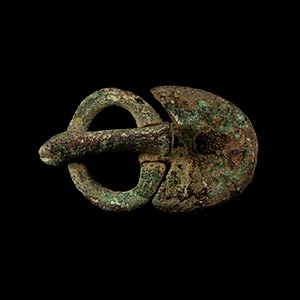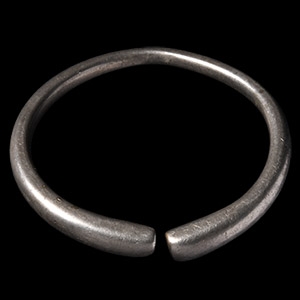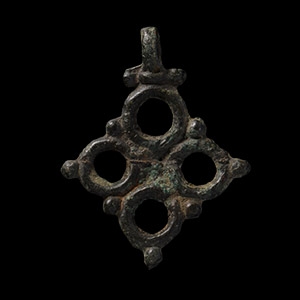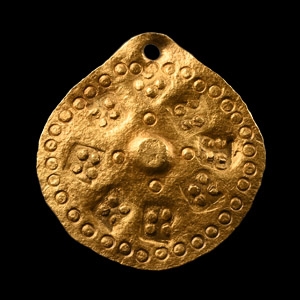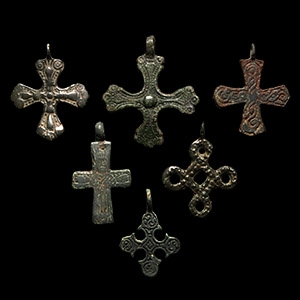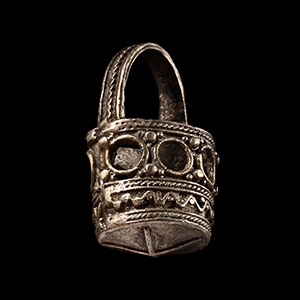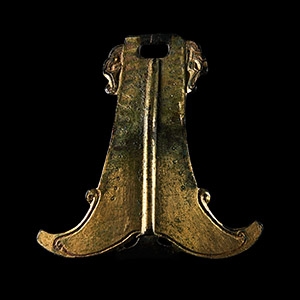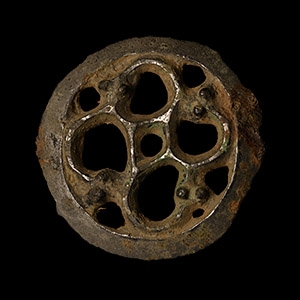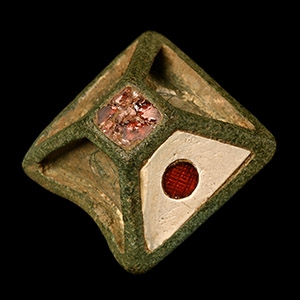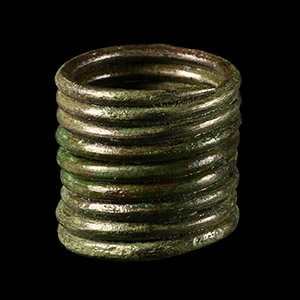Home > Auctions > 23 - 27 May 2023
Ancient Art, Antiquities, Natural History & Coins
Auction Highlights:
English collection, early 2000s.
Ex central London gallery.
From the collection of a North American gentleman, formed in the 1990s.
From the collection of a North American gentleman, formed in the 1990s.
Acquired on the EU art market around 2000.
From the collection of a North American gentleman.
Cf. West, S., A Corpus of Anglo-Saxon Finds From Suffolk, East Anglian Archaeology 84, Ipswich, 1998, item 126(5), for type.
From the collection of a North American gentleman, formed in the 1990s.
Cf. Portable Antiquities Scheme LON-F2F201 and for similar brooches published by see Leahy, K. and Lewis, M., Finds Identified II, London, 2018, pp.102-104.
These brooches are usually found on the breast of Viking women in grave excavations. Two oval brooches on the upper chest represent the pinafore dress worn by the Viking women, decorated with zoomorphic or geometric ornaments.
Private UK collection before 2014.
From the collection of a North American gentleman, formed in the 1990s.
Private collection formed in Europe in the 1980s.
Westminster collection, central London, UK.
See Khrapunov, I. and Stylegar, F.A., Inter Ambo Maria, Contacts between Scandinavia and the Crimea in the Roman Period, Бажан И, А., Каргапольцев С, Ю, 1989, Об одной категории украшений-амулетов римского времени в Восточной Европе, СА, No.3; see Meaney, A., Anglo-Saxon Amulets and Curing Stones, Oxford, BAR British Series 96, 1981, p.166-168, for discussion of the type.
Pendants in the form of miniature buckets have been found in a number of pagan Anglo-Saxon and Viking contexts and are generally made of bronze or iron, with gold examples being rare; three gold examples were found with the hoard from Hoen, Norway. Bronze bucket amulets have been found at Driffield in Yorkshire, and Vimose bog in Denmark, among other places. In form they represent wooden buckets bound with bronze or iron bands which have been found in Anglo-Saxon and Viking graves and are believed to have held mead or ale and were used to replenish the cups from which warriors drank. As amulets they probably represent the ecstatic power of alcoholic drink and the role of women as the dispensers of these precious beverages.
Property of a Yorkshire gentleman; found by his grandfather during ground working in the 1950s; thence by descent.
Cf. MacGregor, A. & Bolick, E., A Summary Catalogue of the Anglo-Saxon Collections (Non-Ferrous Metals), Oxford, 1993, item 25.6, for type.
From the collection of a North American gentleman, formed in the 1990s.
Acquired 1990s-early 2000s.
East Anglian private collection.
See Menghin, W,. Das Schwert im Frühen Mittelalter, Stuttgart, 1983, pp.150-1.
The mount had to slide on a strap as part of the suspension mechanism for the scabbard.
From the collection of a North American gentleman, formed in the 1990s.
1045 - 1056 of 2508 LOTS

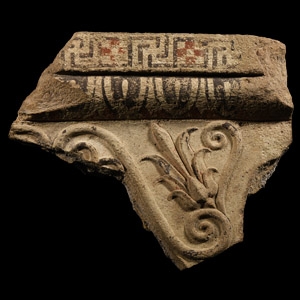
.jpg)


.jpg)
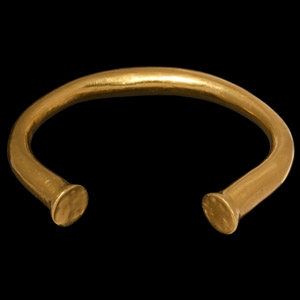
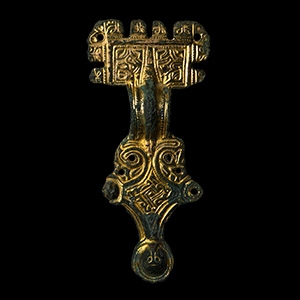

.jpg)
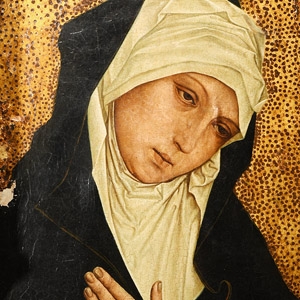

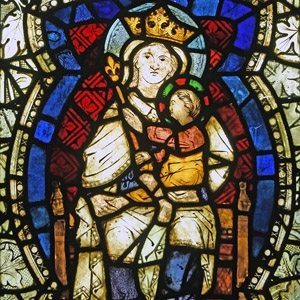
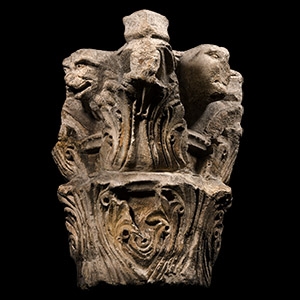
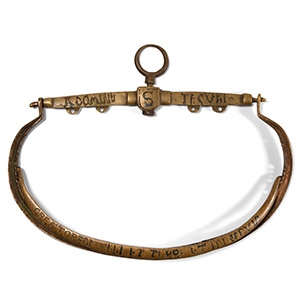
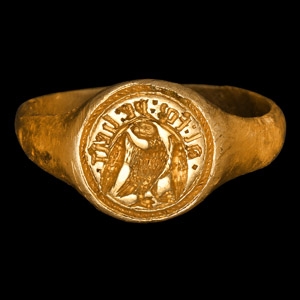
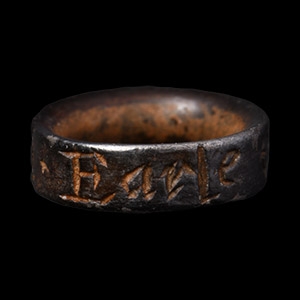
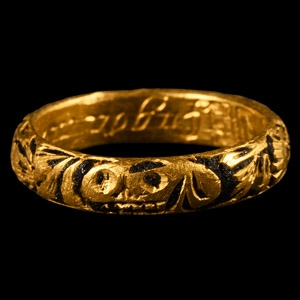
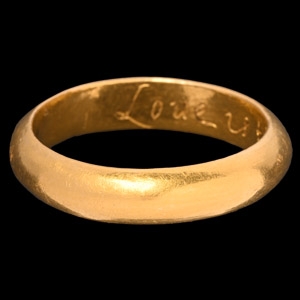
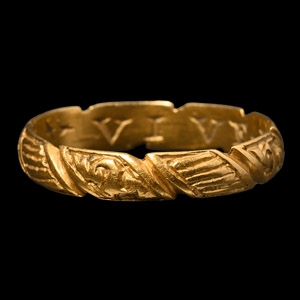
![English Milled Coins - George VI - 1937 - Cased RM Proof Coronation Gold Set [4] English Milled Coins - George VI - 1937 - Cased RM Proof Coronation Gold Set [4]](https://timelineauctions.com/upload/images/items/small/203351-s(2).jpg)
